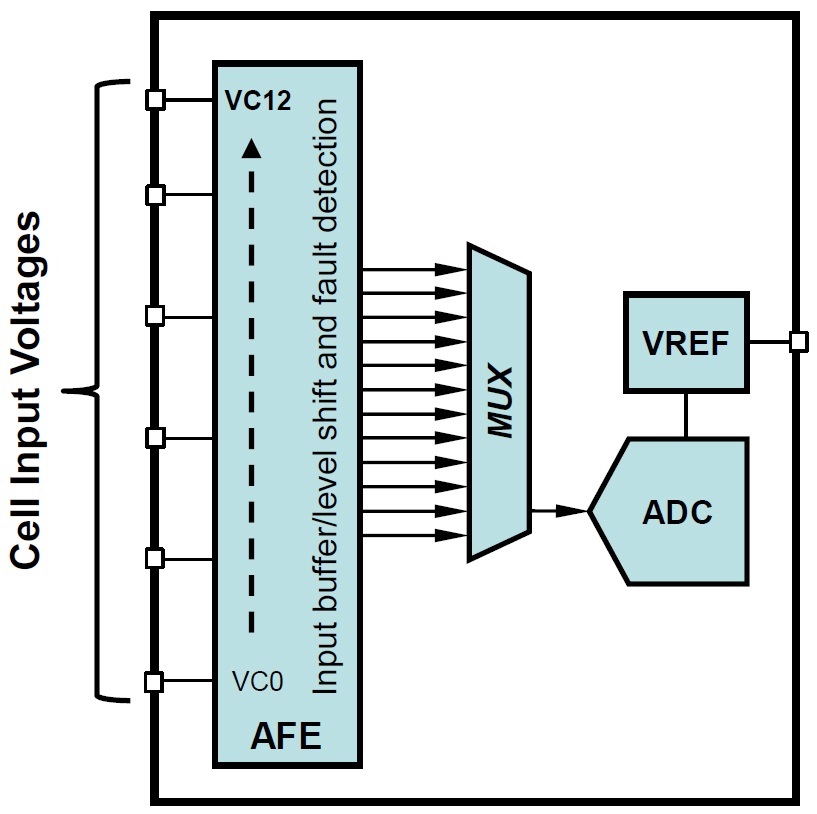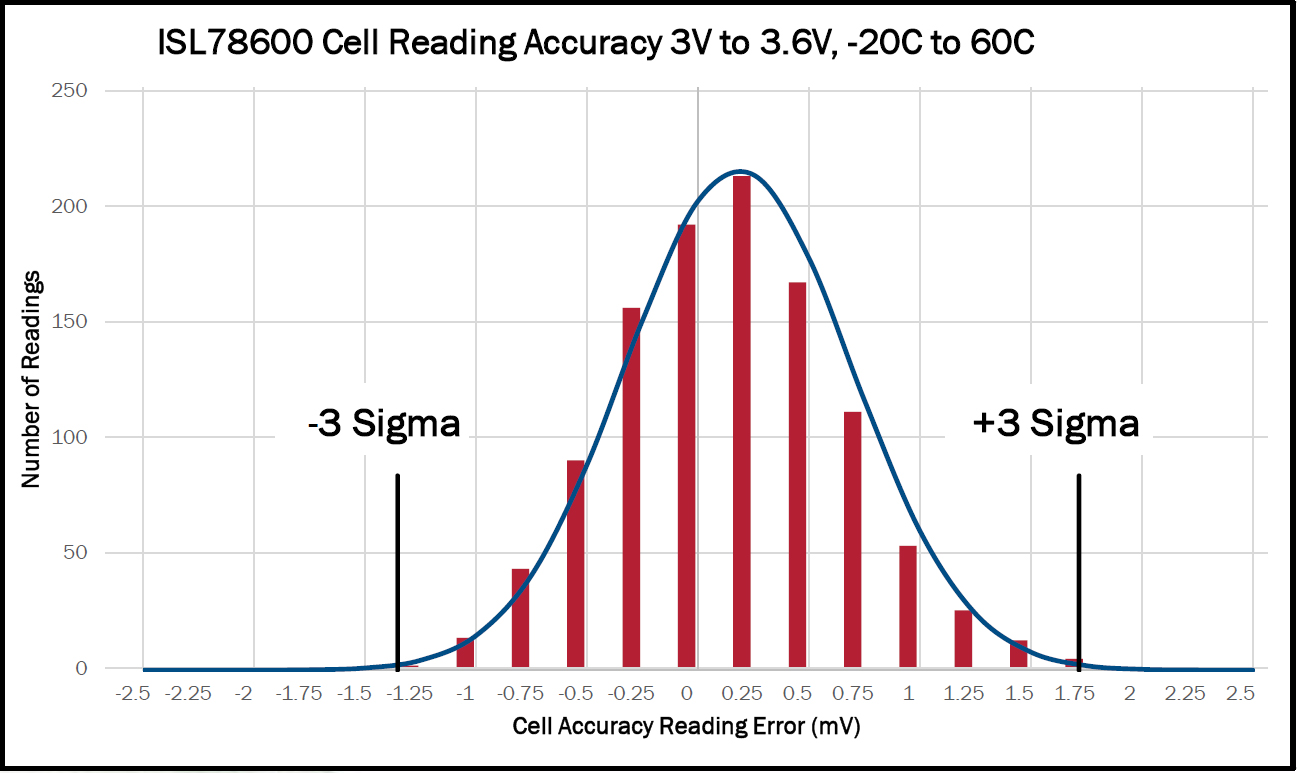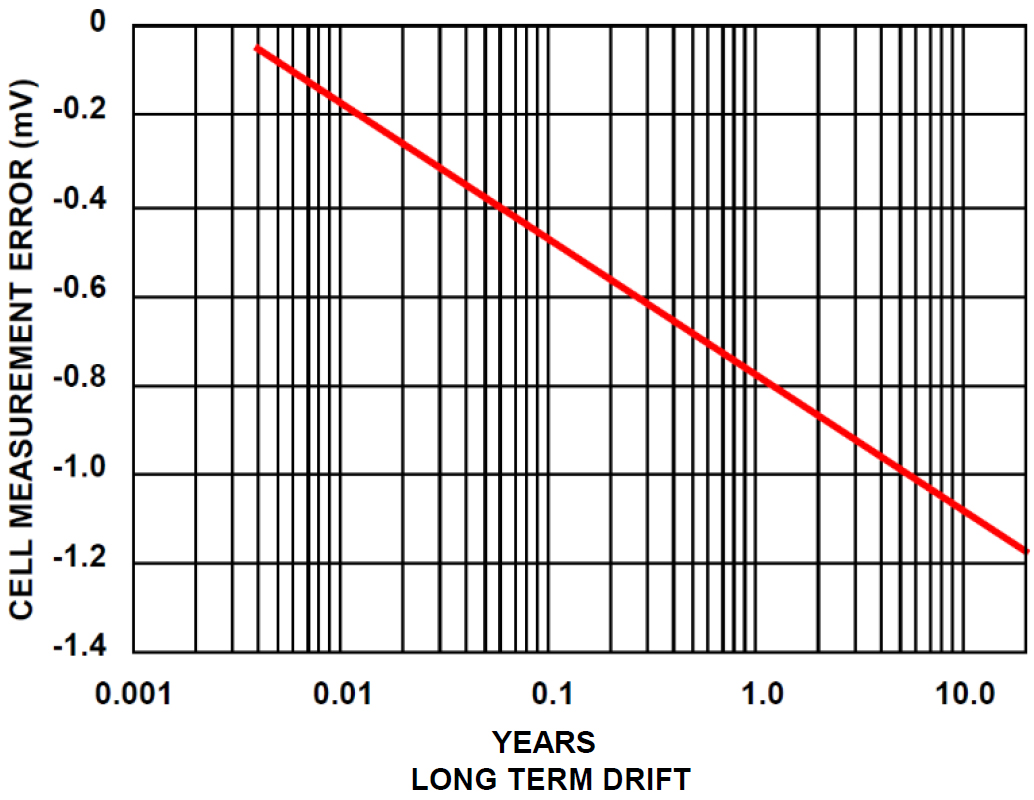How to manage batteries for EVs, PHEVs and HEVs
Multi-cell balancing (MCB) IC features play a key role in meeting performance requirements of battery systems in electric vehicles (EVs), plug-in hybrid electric vehicles (PHEVs), and hybrid electric vehicles (HEVs), observes Gary MacDonald, Intersil
One of the critical functions of a battery management system (BMS) IC is the accurate measurement of individual cell voltages, which directly influences the range of the vehicle and its battery’s overall life expectancy. Cell accuracy is of particular importance for the battery cell types that have a flat discharge curve. An example of this is the lithium-iron phosphate battery, which benefits smaller packs, due to its low internal impedance. These cell types make it necessary for system engineers to detect small changes in cell voltage as the battery discharges. Adding to the system design challenge is the fact that detecting these changes has become critical for accurate state of charge and state of health calculations.
 Figure 1: Simplified block diagram of the ISL78600 multi-cell Li-ion battery manager
Figure 1: Simplified block diagram of the ISL78600 multi-cell Li-ion battery manager
Designers must make BMS IC selection decisions to ensure cell measurement accuracy across the entire operating environment, and life, of the vehicle. Measuring these small cell voltage changes requires a sophisticated combination of analogue front end (AFE), accurate and stable voltage reference, and precision ADC. For automobile manufacturers, successful BMS implementation requires careful selection of the MCB IC at the outset of system design, and that requires understanding the differences in measurement accuracy and stability between the various IC vendor offerings.
Key elements in an MCB IC
A precision reference is at the core of an MCB IC. The types of reference topologies employed can vary, although bandgaps tend to be the most commonly used due to their optimal trade-off in accuracy versus die area. For example, Intersil’s ISL78600 multi-cell Li-ion battery manager uses a precision bandgap reference design, and is suited for automotive applications. The technology is mature, stable and underpinned by real-world performance data. Its performance characteristics make the precision bandgap reference stable and linear over the IC’s lifetime. This is a key consideration when designers make vehicle battery-life calculations, and it directly influences a car maker’s warranty and cost of ownership metrics.
Another key functional block for measuring accuracy is the ADC. This is where IC designers must decide which type of ADC to use as the main cell-voltage-measurement block. Two of the most popular and commonly used types of ADCs are successive approximation register (SAR) and delta-sigma. Having the fastest sampling rate of the two technologies, the SAR offers high-speed voltage conversion and excellent noise immunity, but tends to require a larger die area. SAR ADCs also offer the best combination of data acquisition speed, accuracy, robustness and immunity to the effects of EMI.

Figure 2: 1080 total readings collected from 10 MCB evaluation boards with a voltage scan rate of 240µs for all 12 cells
On the other hand, IC designers like delta-sigma ADCs because they typically require less die area, and are relatively easy to implement. They tend to be slower however because they use a decimation filter, which reduces the sample rate and data acquisition speed. To overcome this issue, designers will use two or more delta-sigma ADCs in an interleaved configuration. Another consideration when implementing delta-sigma ADCs is their tendency to saturate when subjected to EMI, which causes the misreporting of cell voltages.
The individual cells interface is managed by the AFE, which comprises input buffers, level shifters and fault detection circuitry. The AFE is key to handling ‘hot plug’ transients when the cells are initially connected to the BMS. The ISL78600 is designed with a differential AFE that enables negative input voltages to be measured without affecting the adjacent cell measurements. This is advantageous in systems where bus bar interconnection is required. To improve robustness under transient conditions, an external low-pass filter is added to the cell voltage inputs. The input filtering requirements have been optimised for maximum EMI and hot plug immunity, without compromising speed or accuracy. By contrast, ICs that use a bipolar rather than charge coupled AFE, can have their accuracy detrimentally affected by the component values selected for the input filter.
The ISL78600’s accuracy is independently verified as it leaves the factory, after mounting on a PCB. Figure 2 shows the ISL78600’s accuracy over a range of cell voltages and temperatures. This is critically important to battery system designers, because they work with a system error budget for the vehicle’s service life, and-must be able to factor in reliable and predictable accuracy figures. Therefore, a careful examination is recommended, and a detailed comparison should be made between each IC vendor’s data sheets, particularly in the areas of accuracy, data acquisition speed, and input filter requirements, including their effect on accuracy.
PCB layout and configuration
Soldering induces stresses across the PCB, which flexes the MCB IC in the X and Y plane, and results in sub-atomic changes in the silicon’s properties. This has an effect on the IC’s behaviour and, in particular, the reference circuit block. Since the reference is a critical part of the measurement circuitry, any variation in its characteristics has a direct effect on the accuracy of the ADC. This is a well-known phenomenon in the precision IC industry, and IC designers make allowances for this by carefully placing sensitive circuitry in areas of the die less likely affected by soldering and other manufacturing stresses.
Alternatively, there are more expensive reference design techniques available to IC designers, such as placing a separate reference circuit on its own die within the same IC package, or using a completely separate discrete reference IC. No matter which IC technique is used, the PCB design and manufacturing stage are both critical, so making use of standard precision part PCB layout and careful consideration for IC mounting and soldering profiles can help mitigate any issues.

Figure 3: MCB IC cell error versus lifetime
If designers follow the ISL78600’s recommended PCB layout guidelines and soldering reflow profiles, the IC’s board-level cell reading accuracy and long-term drift characteristics are logarithmic and predictable. This results in a typical cell reading error of only 1.2mV over 10 years of service life, as shown in Figure 3.
A key element of battery management design is factoring in battery performance, which is directly affected by the MCB IC’s ability to maintain its precision measurement accuracy over the vehicle’s service life. Any drift or instability in battery cell measurement directly influences the vehicles range and battery life, which in turn affects the car maker’s warranties and cost of ownership.
There are various MCB ICs available to choose from with different accuracy measurement topologies and technologies. System designers must carefully consider their IC selection and use. Understanding the underlying differences in measurements, schemes and topologies, and their interrelationship goes a long way in selecting the most appropriate IC for a BMS application. Optimised battery system designs are essential to next-generation of EV, PHEV and HEV car models.











